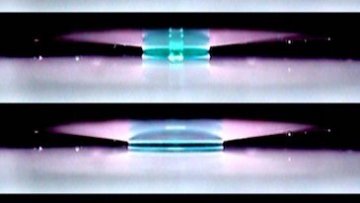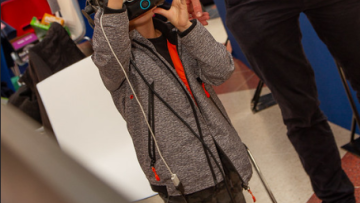ENIUS TRAINING SCHOOL, BERN | 15 BURSARIES AVAILABLE | APPLICATIONS NOW OPEN
The Training School will bring together a multi-disciplinary group of clinicians, biomedical engineers, biologists and physical scientists to present recent advances in mathematical, computational, in-vitro, and in-vivo approaches to further our understanding of fluid mechanics within the stented ureter and to identify current challenges in urinary stent design. Moreover, leading speakers from the world of industry and regulatory affairs will share their experiences of commercialisation in the medtech industry, and how they have addressed industrial and regulatory challenges when taking their “next-generation” products from bench-to-bedside.
Here is a preliminary program.
We would like to encourage Early Career Researchers (Master students, PhD students, and PostDocs) to apply as trainees, by sending their CV and a short statement (of no more than 250 words) to francesco.clavica@artorg.unibe.ch, explaining why they would like to attend the Training School. Participants are encouraged to present a poster about their work, and should send a title of their poster together with their application.
We will award 15 grants to fund accommodation, travel, and subsistence of trainees.
Applications should be submitted by July 15th, and applicants will be notified by the end of July about the outcome of their application.
Have you ever picked up a glass to find that the coaster it was resting on remains stuck to the bottom? If so, then you have experienced the ability of fluid to stick two surfaces together. When the bottom of the glass is wetted, for example by accidentally spilling a drink, then this fluid can fill the gap between the glass and coaster. The surface tension of the liquid then provides a pulling force on the coaster that keeps it attached to the glass.
Smoothness of Persistence
Abstract
We can see the simplest setting of persistence from a functional point of view: given a fixed finite simplicial complex, we have the barcode function which, given a filter function over this complex, returns the corresponding persistent diagram. The bottleneck distance induces a topology on the space of persistence diagrams, and makes the barcode function a continuous map: this is a consequence of the stability Theorem. In this presentation, I will present ongoing work that seeks to deepen our understanding of the analytic properties of the barcode function, in particular whether it can be said to be smooth. Namely, if we smoothly vary the filter function, do we get smooth changes in the resulting persistent diagram? I will introduce a notion of differentiability/smoothness for barcode valued maps, and then explain why the barcode function is smooth (but not everywhere) with respect to the choice of filter function. I will finally explain why these notions are of interest in practical optimisation/learning situations.
Outlier Robust Subsampling Techniques for Persistent Homology
Abstract
The amount and complexity of biological data has increased rapidly in recent years with the availability of improved biological tools. When applying persistent homology to large data sets, many of the currently available algorithms however fail due to computational complexity preventing many interesting biological applications. De Silva and Carlsson (2004) introduced the so called Witness Complex that reduces computational complexity by building simplicial complexes on a small subset of landmark points selected from the original data set. The landmark points are chosen from the data either at random or using the so called maxmin algorithm. These approaches are not ideal as the random selection tends to favour dense areas of the point cloud while the maxmin algorithm often selects outliers as landmarks. Both of these problems need to be addressed in order to make the method more applicable to biological data. We study new ways of selecting landmarks from a large data set that are robust to outliers. We further examine the effects of the different subselection methods on the persistent homology of the data.
Getting tied up in knots, experimenting with bubbles, playing board games, doing origami, experiencing dimensions in virtual reality, exploring historical mathematical instruments and sorting out teddy bears. These were just some of the mathematical activities enjoyed by over 1000 visitors to the Oxford Maths Festival during the weekend of 11-12 May 2019.
From nanophotonics to aeroplanes, there are many applications that involve scattering in unbounded domains. Typically, one is interested in situations and geometries where there are no known analytical solutions and one has to resort to numerical algorithms to solve the problem using a computer. Such numerical algorithms should give physically meaningful solutions and hopefully obtain them with the minimal computational cost and time.




